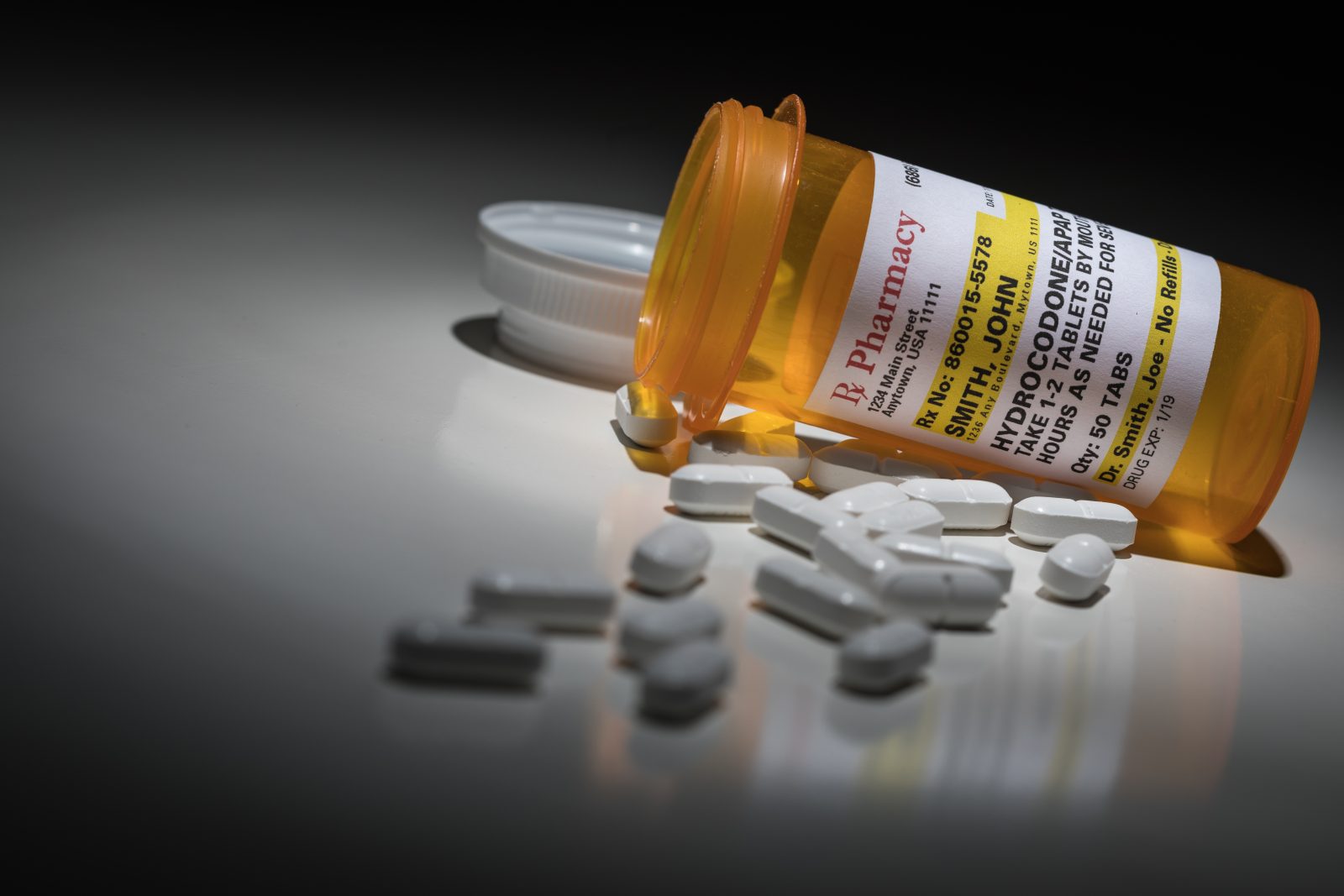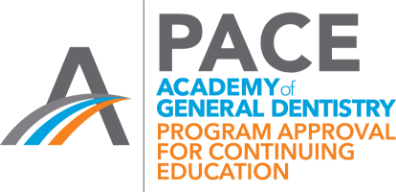

Presented by
Thomas A. Viola
B.S., R.Ph., C.C.P.
View Bio
Course Description
**NEW** DEA 8-Hour Mandatory Training, Opioid Prescribing, Pain Management
Management of acute dental pain is accomplished with the use of non-opioid and opioid analgesics. However, this normally occurs outside the dental office, away from the immediate supervision of the clinician, who is often faced with the difficult task of managing patient pain while also avoiding adverse outcomes for both the patient and their communities. Thus, it is critical for clinicians to be able to accurately identify the need for pain control, individualize patient care based on this need as well as associated risks, assess the efficacy of analgesic agents prescribed and monitor for their appropriate use. This program will provide participants with an overview of the pharmacology of pain control and the effective management of acute dental pain using non-opioid and opioid analgesics. Special emphasis will be given to appropriate prescribing practices for opioid analgesics.
- The Concept of Pain
- Pain Threshold and Pain Tolerance
- Psychosocial and Emotional Factors
- Pathophysiology of Pain
- Identification of Opioid Addiction
- Techniques and Cues For Identifying Opioid Abuse
- Strategies For Managing Opioid-Abusing Patients
- Management of Acute Dental Pain –
Non-opioid Analgesics & Acetaminophen (APAP)- Clinical Pharmacology
- Equianalgesic Doses
- NSAIDs
- Mechanism of Action
- Pharmacologic Effects
- Clinical Considerations – Adverse Reactions, Drug Interactions & Contraindications
- Management of Acute Dental Pain –
Opioid Analgesics- Clinical Pharmacology
- Available Formulations
- Codeine, Hydrocodone, Oxycodone
- Mechanism of Action
- Pharmacologic Effects
- Clinical Considerations – Adverse Reactions, Drug Interactions & Contraindications
- Appropriate Opioid Prescribing Practices
- Preventing Opioid Abuse and Diversion
“The educational teaching methodology used in this course is live, interactive lecture presented via Zoom webinar with an accompanying PowerPoint presentation. Both the live webinar and the PowerPoint presentation incorporate a variety of audio and visual cues to enhance audience members’ understanding and retention of key concepts. In addition, question and answer periods are provided for at the conclusion of each section of the live webinar.”
Course Objectives
At the completion of this course the participants should be able to:
- Describe the pharmacology and mechanism of action of non-opioid and opioid analgesics, as well as their potential for abuse.
- Explain the intended role of non-opioid and opioid analgesics in the treatment of dental pain, as well as situations which may preclude their use.
- Describe strategies useful in developing a pain management plan that is individualized for a patient’s needs and underlying medical conditions.
- Understand appropriate prescribing practices to utilize in everyday clinical situations.

